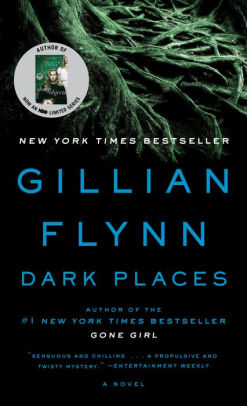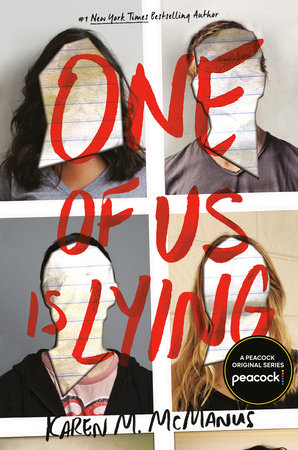Where the Crawdads Sing is a 2018 novel by Delia
Owens. It was published by G.P. Putnam’s Sons. It’s topped The New York
Times Fiction Best Seller list for 20 non-consecutive weeks in 2019. The
book was selected for Reese Witherspoon’s Hello Sunshine Book Club within two
months of being published and Barnes & Noble named it one of the best books
of 2018. It can be purchased here
The novel follows the life of Kya Clark, the so-called
“Marsh Girl” who’s become a local legend in the town of Barkley Cove, North
Carolina. Intelligent and sensitive, she’s lived most of her life alone in the
marsh, mostly isolated from people and connecting with nature instead. In 1969,
former football star Chase Andrews is discovered dead and the locals
immediately being to suspect Kya.
The novel unfolds in two timelines. One depicts Kya’s life
following her mother abandoning the family and describes her childhood and
young adulthood growing up alone in the marshes. The second timeline explores
the investigation of Chase’s death and the trial that follows. While the second
timeline has some great moments, its in telling the story of Kya’s upbringing
where Owens’ talent shines. She doesn’t simply tell the reader about the
marshes, but transports them there. The rich imagery creates a vivid picture of
a setting most readers would never witness personally, but somehow it feels
familiar. I often find it difficult to full immerse myself in the setting of a
book easily, but Where the Crawdads Sing is a rare exception. I found
myself wanting to read more about the beautiful, yet sometimes eerie, land.
While the descriptions of the marsh, and the wildlife within
it, are spectacular, they pale in comparison to how Kya is written. When I
first picked up the book, I thought the premise would be too sad for me. Kya is
a child when she is left pretty much on her own, save an alcoholic and often
absent father. Others might use such a situation to tell a depressing story
about what the loss of human connection can do to one’s mind. Owens is not
others, though. While Kya is very obviously alone, I rarely felt a hopeless
sense of loneliness. She is isolated from the town, but thanks to a handful of
people, she’s not completely alone. Even when she was at her lowest, there was
never a feeling of desperation or despair.
While many in town look down on the “marsh people” and sneer
at the “Marsh Girl”, Kya is one of the most intelligent characters portrayed.
She may have only gone to school for one day, but she knows and understands the
animals and plants in the marsh better than anyone else. Kya is reclusive, yes,
but its not entirely by choice. She was abandoned by her parents, her siblings,
the school system, and a town that made no attempt to aid her, but the marsh,
nature itself, did not. Her isolation might’ve been forced at first, but it
becomes clear later on that she remains in the marsh by choice.
The book is touted as being somewhat of a murder mystery,
but that isn’t the focus on much of the plot. The story centers around Kya and
her coming of age in this strange situation. It’s Kya’s story, the murder
investigation just happens to tie into that story. The bigger story is about
survival and the resilience necessary to survive despite hard circumstances and
seemingly no chance of the situation improving. As I mentioned earlier, this
story has sad moments, but thanks to Owens’ writing and a well-crafted plot, it
isn’t a sad story.
Now, its time to discuss a few tiny complaints I have. They
are minor, but in order for this to be a balanced review, I can’t only talk
about the positive aspects of Where the Crawdads Sing. The story does
drag a little bit in certain parts, especially when Kya’s journey first begins.
The prose is still praise-worthy, but some of the passages describing the world
of the marsh are a little longer than they need to be. The same goes for
different scenes of Kya trying, and failing, to make food the way her mother
used to. The biggest letdown for me is how the murder investigation, and
subsequent trial, is resolved. It wasn’t badly written, it wasn’t that it
didn’t make sense, it was just kinda boring. The courtroom drama seemed as odds
with the world the rest of the book created and felt tacked on. The ending was
somewhat middling as well. It was a natural, but sadly boring, way to end Kya’s
story. Rather than give the reader an ambiguous ending, Owens went for a finite
ending, which doesn’t feel quite right for a character as independent and
free-spirited as Kya.
Where the Crawdads
Sing is one of the best novels I’ve read this year. It’s a story about
survival, love, desperation and hope. It’s a fantastic coming-of-age story that
also delves into deeper themes about prejudice, humanity and our connection to
nature. I enthusiastically recommend it to anyone slightly intrigued by its
premise.
Rating: 4.7 stars





